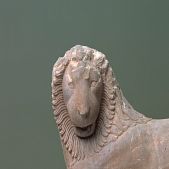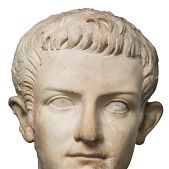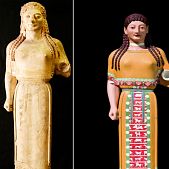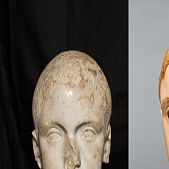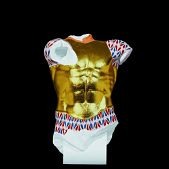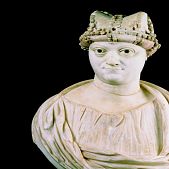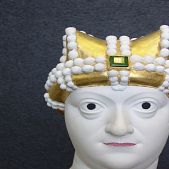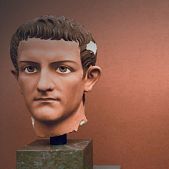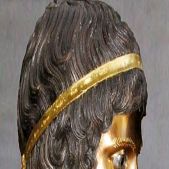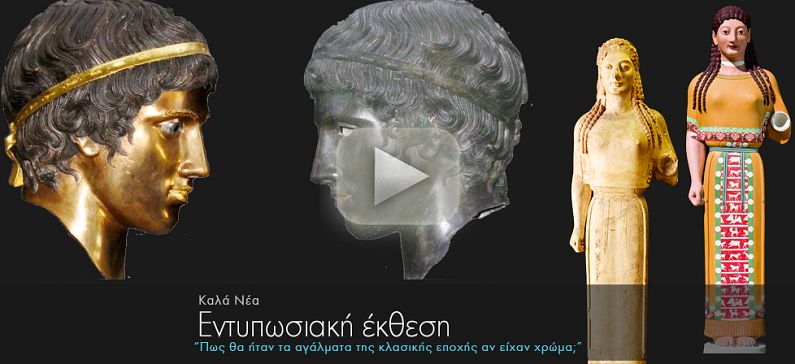
How would the Classical period’s statues look in color?
The exhibition «Transformations: Classical Sculpture in Color» traces the outline of the fascinating story of the development of colour from Greek to Roman sculpture. At the same time the thread is traced back to the better known use of colour in Egypt. And last, but not least, the exhibition points the way forward to some of the exceptions in later Western sculptural art, in which, resistance notwithstanding, polychromy gained a foothold.
Glyptotek in Copenhagen, turns the idea of the white world of Antiquity upside down and shows that Greek and Roman sculpture were colourful to a degree.
With some 120 original works and reconstructions, among them a large number of outstanding loans from museums in Denmark and abroad, the Glyptotek exhibition demonstrates that Antiquity was anything but sceptical of colour.
The exhibition at the Glyptotek shows spectacular original works juxtaposed with experimental reconstructions in their original wealth of colour, the shocking sensuality of which, at one and the same time, makes Antiquity both more present and remote.
The mainstay of the exhibition’s storyline is chronology; but thematic interludes with each their focus ensures variety in the sequence of chapters. Accordingly there is a “zoom” in and out, from the ”big” story to close-ups of periods and individual works. In the same spirit the various investigative methods are documented and put into perspective.
*Αll photos by Stephan Eckardt, Ole Haupt; all images courtesy Archaeological Institute Göttingen and Stiftung Archäologie, Munich
Source: Glyptotek



